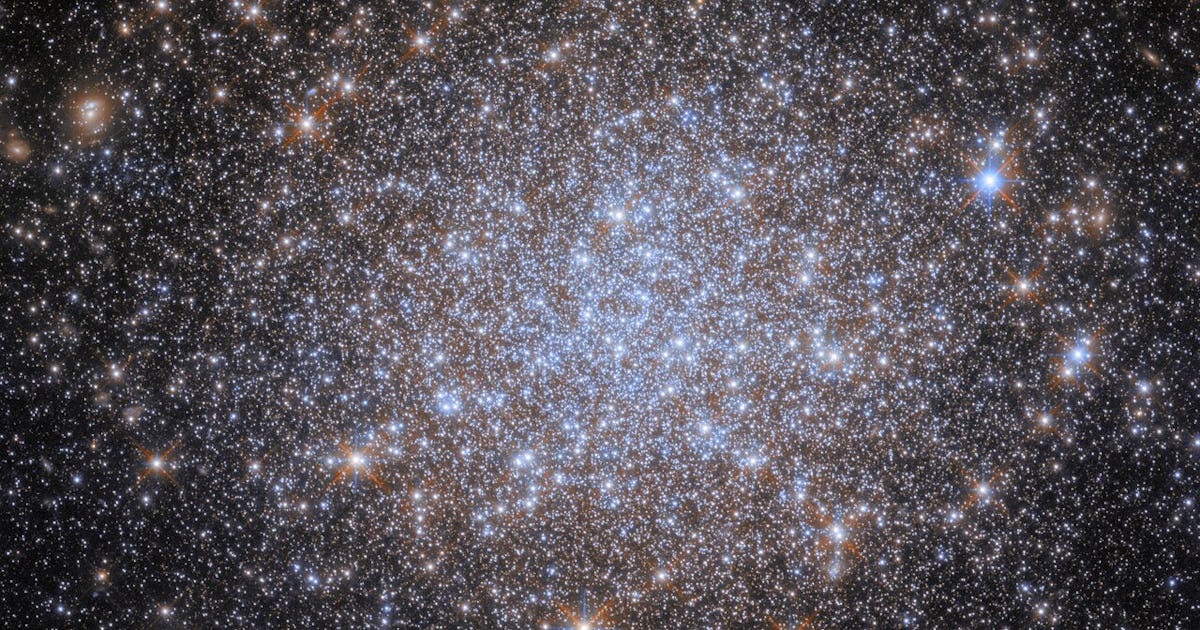
A recent observation by the Hubble Space Telescope unveiled a spherical shape created by the pinpricks of light from densely packed stars within the constellation Mensa. The telescope captured an image of a globular cluster named NGC 1841, which consists of thousands to millions of stars that formed at the same time and place with similar compositions.
Astronomers study globular clusters like NGC 1841 to understand early star formation processes, as these clusters often contain very old stars, making them akin to celestial “fossils.” These clusters provide valuable insights into the early development of stars in galaxies and help scientists understand the evolution of stellar hubs.
NGC 1841 is located within the Large Magellanic Cloud (LMC), a satellite galaxy of the Milky Way that is about 162,000 light-years away from Earth. The European Space Agency (ESA) officials noted that Hubble’s ability to observe individual stars from its orbital altitude of approximately 326 miles above Earth’s surface has revolutionized the study of globular clusters.
The high clarity of vision provided by Hubble enables astronomers to uncover details that may be missed by ground-based telescopes, offering a deeper understanding of how these dense stellar communities evolve and how their collective gravity functions. The collaboration between ESA and NASA in operating the telescope has further enhanced our knowledge of the cosmos and the mysteries it holds.

